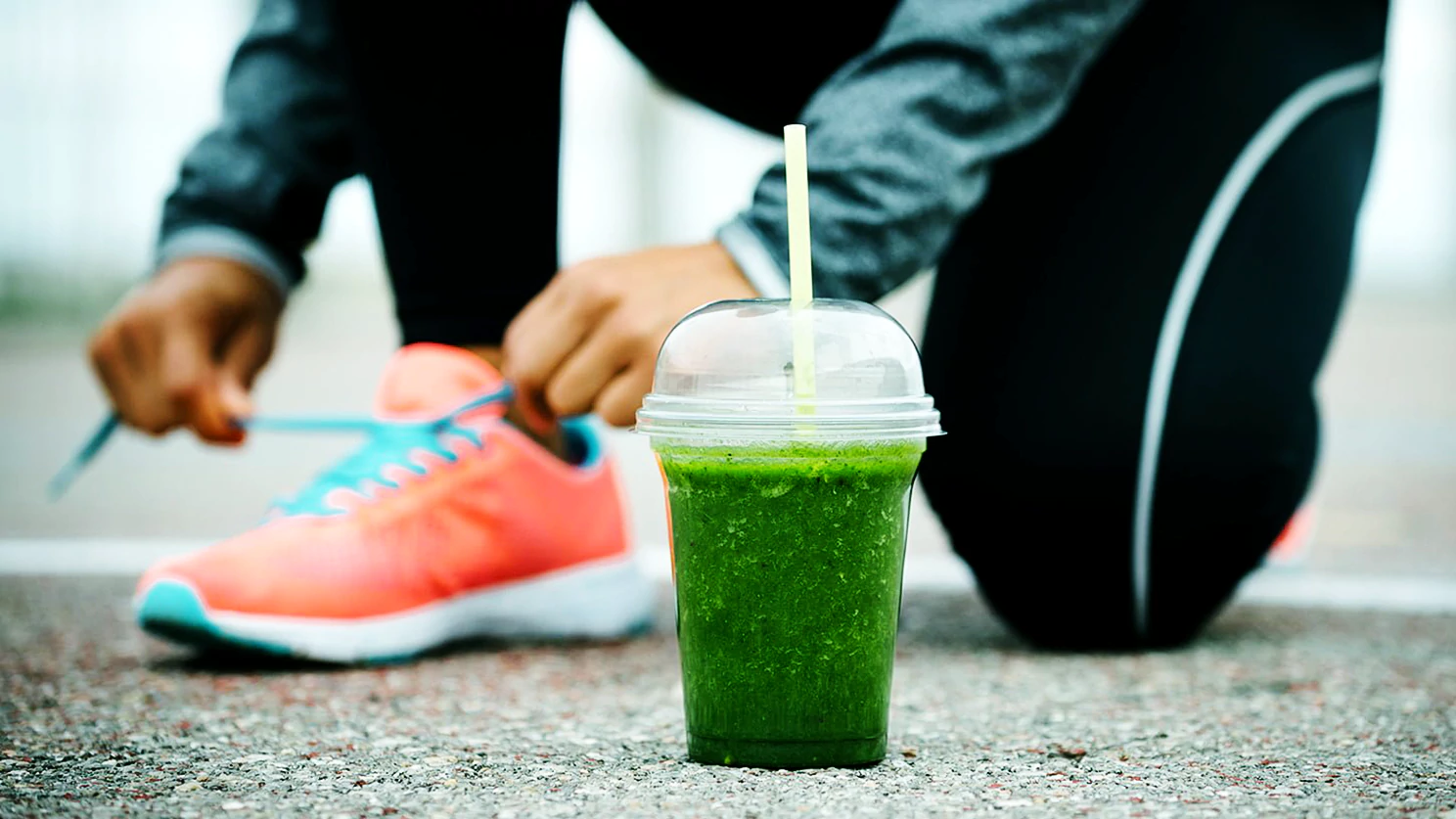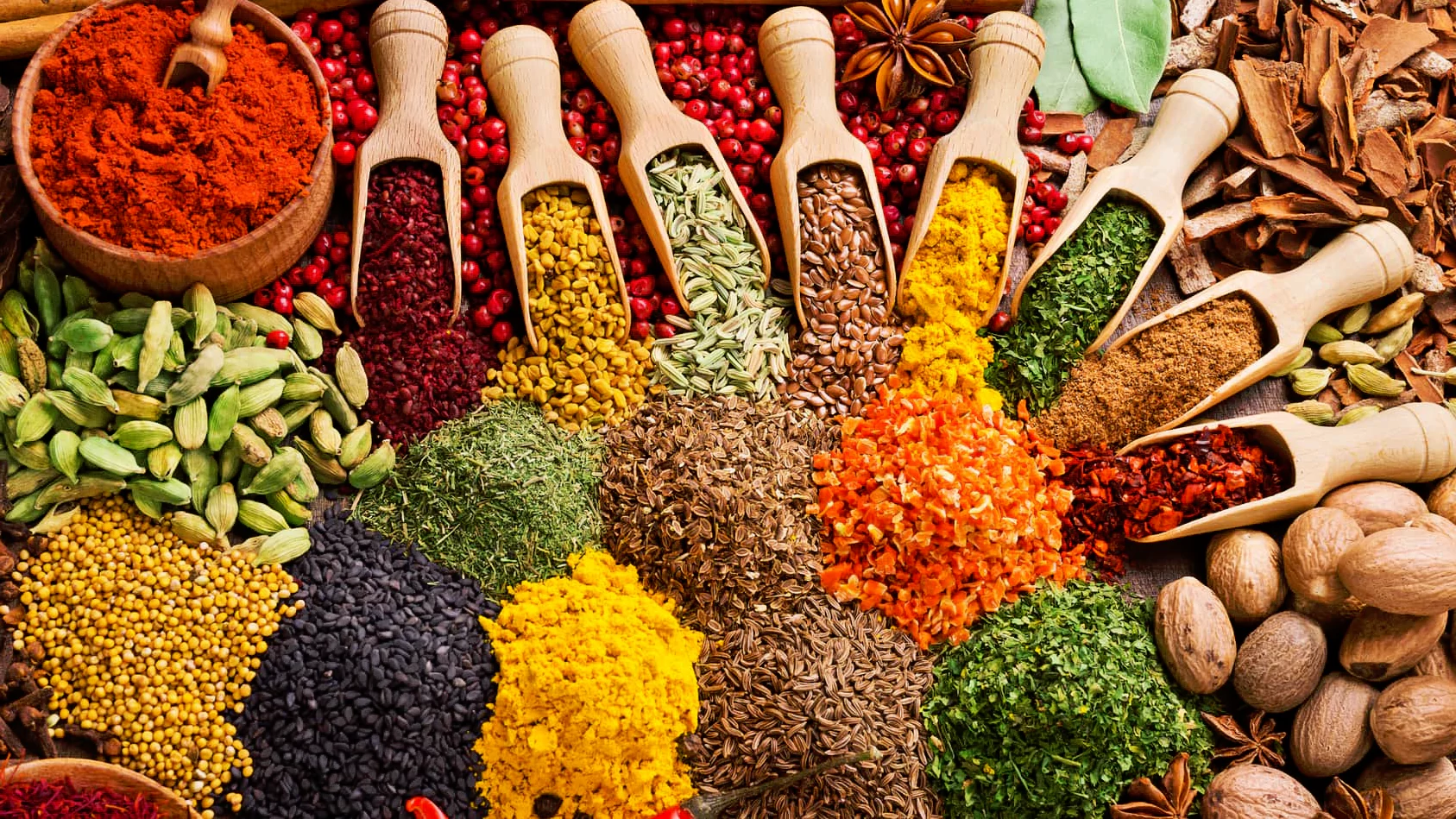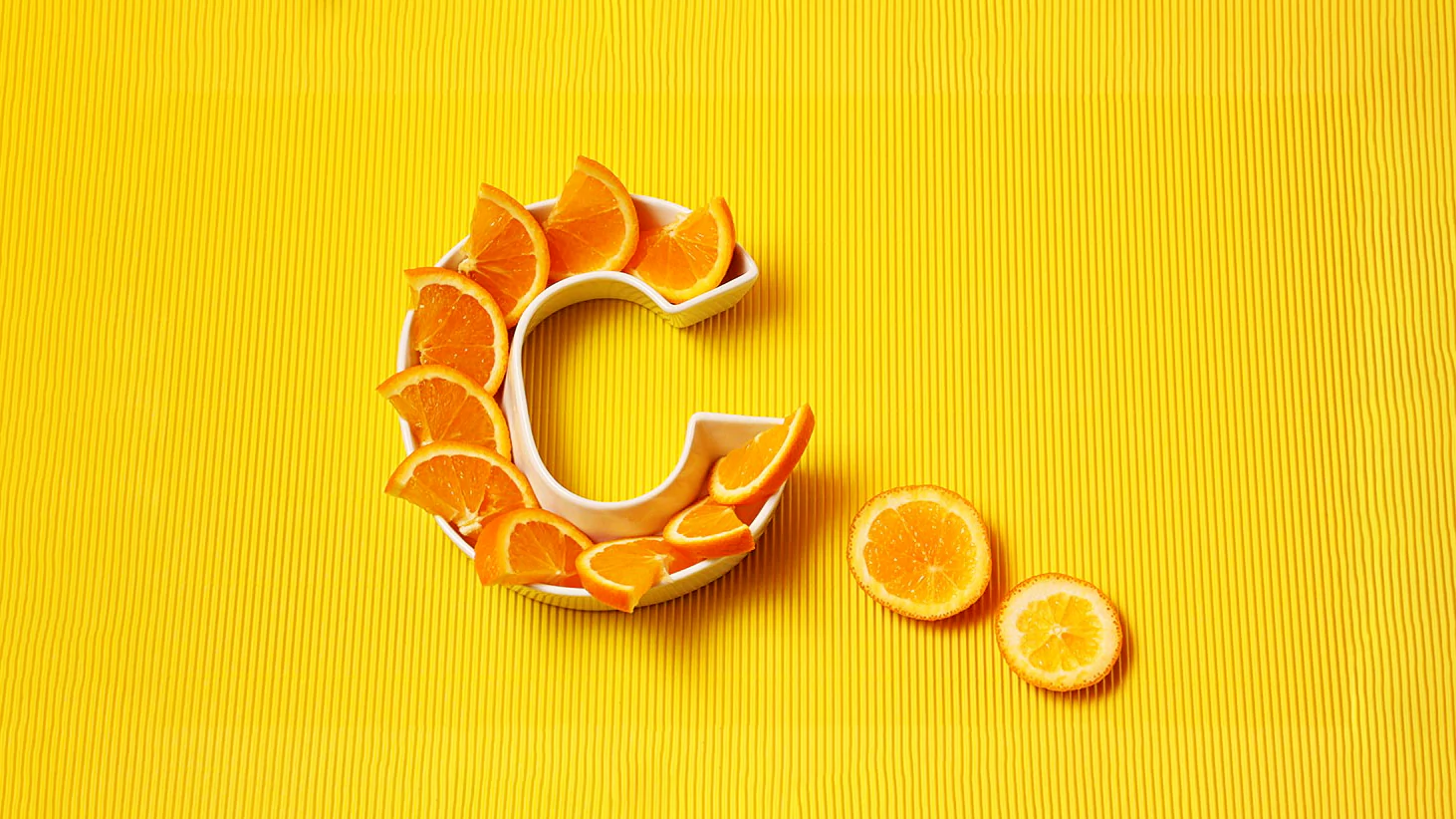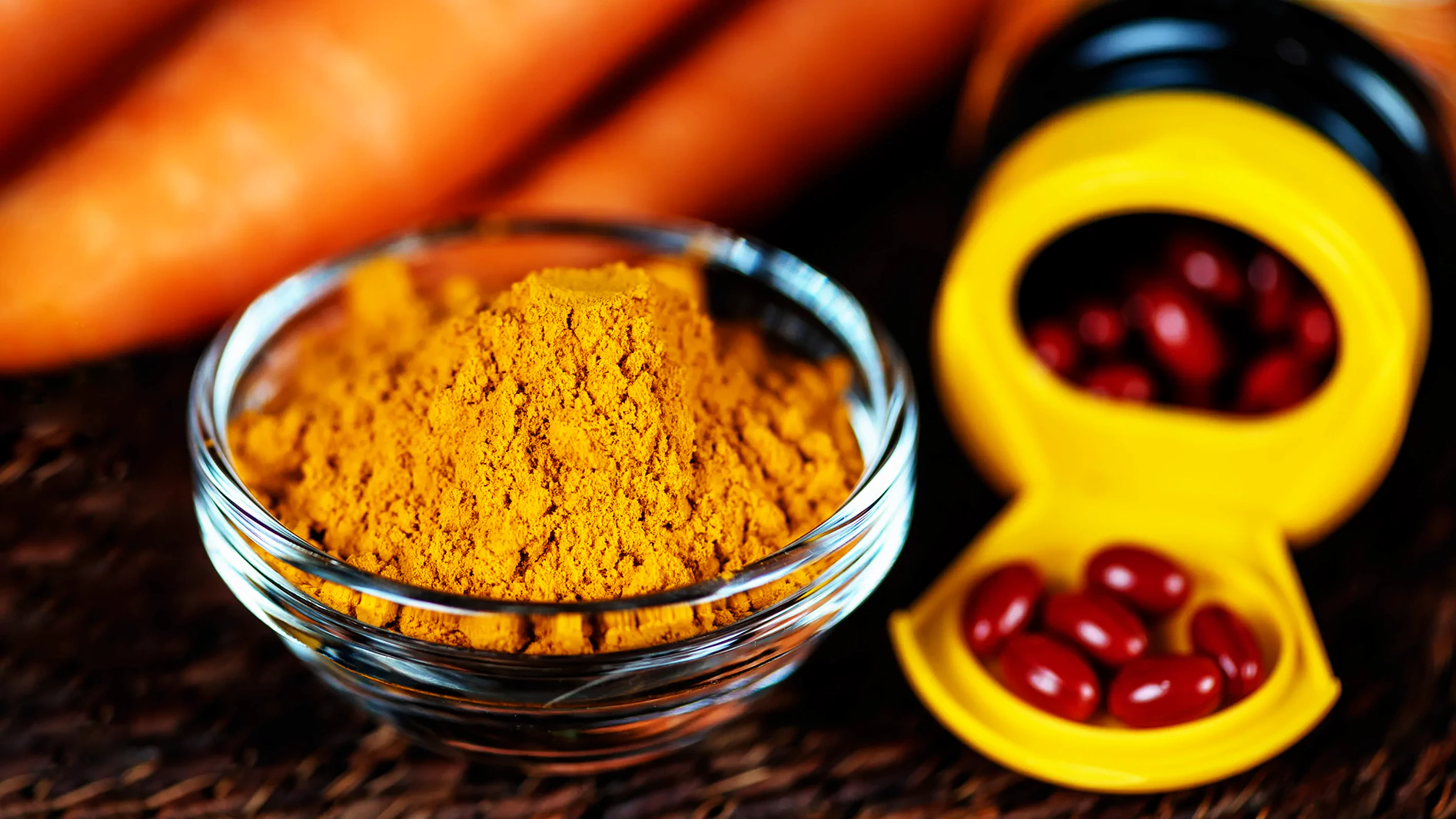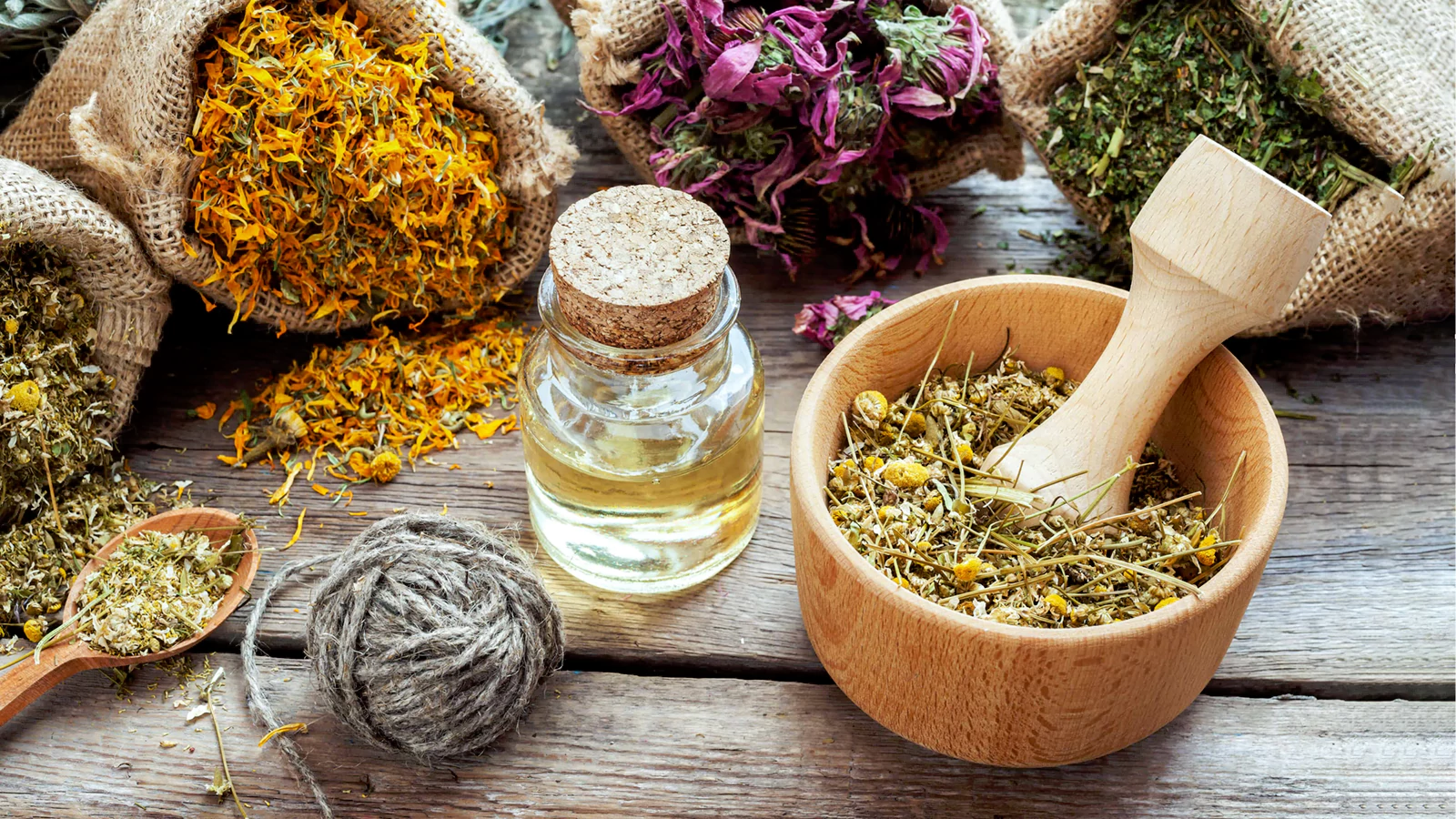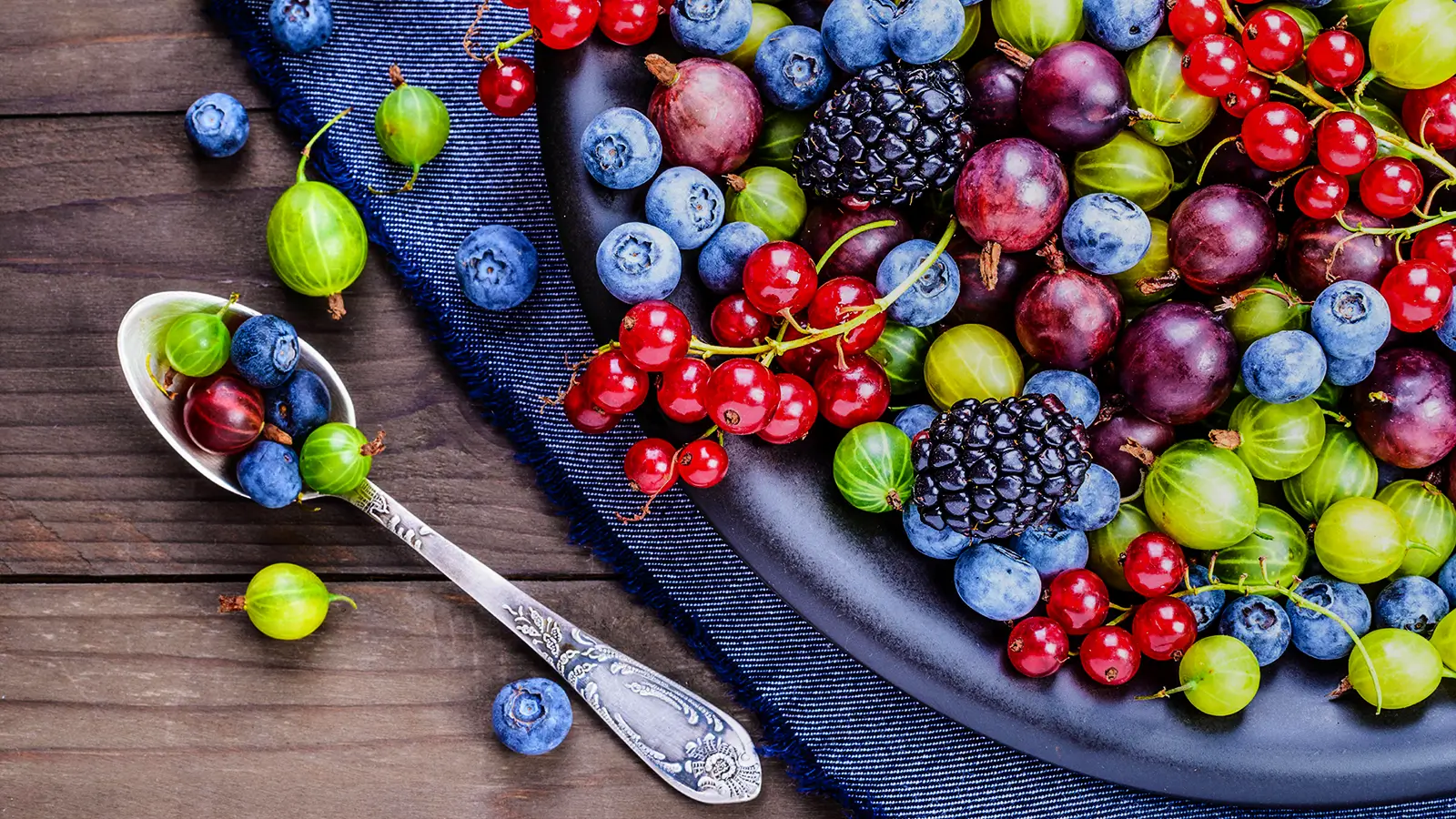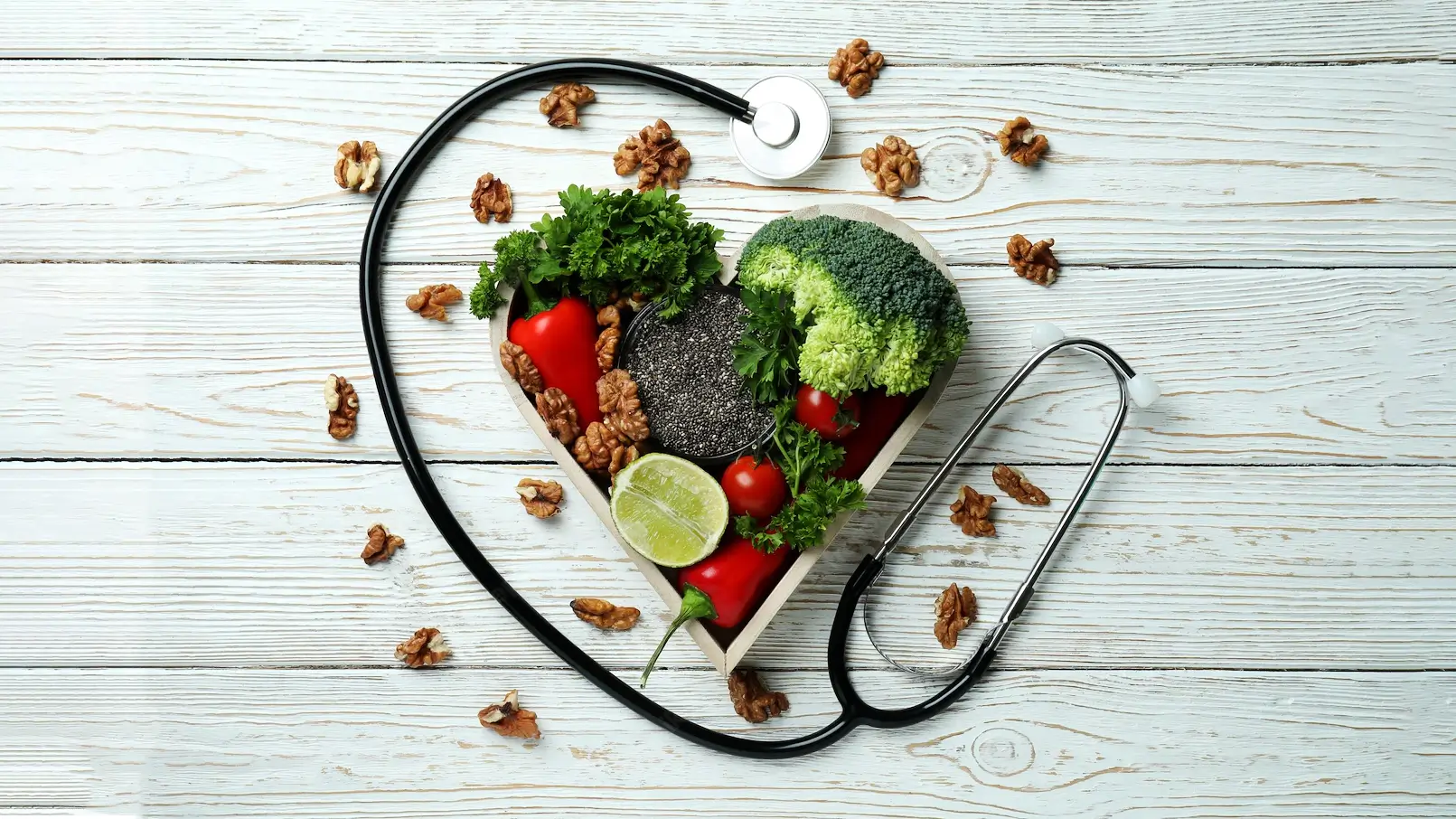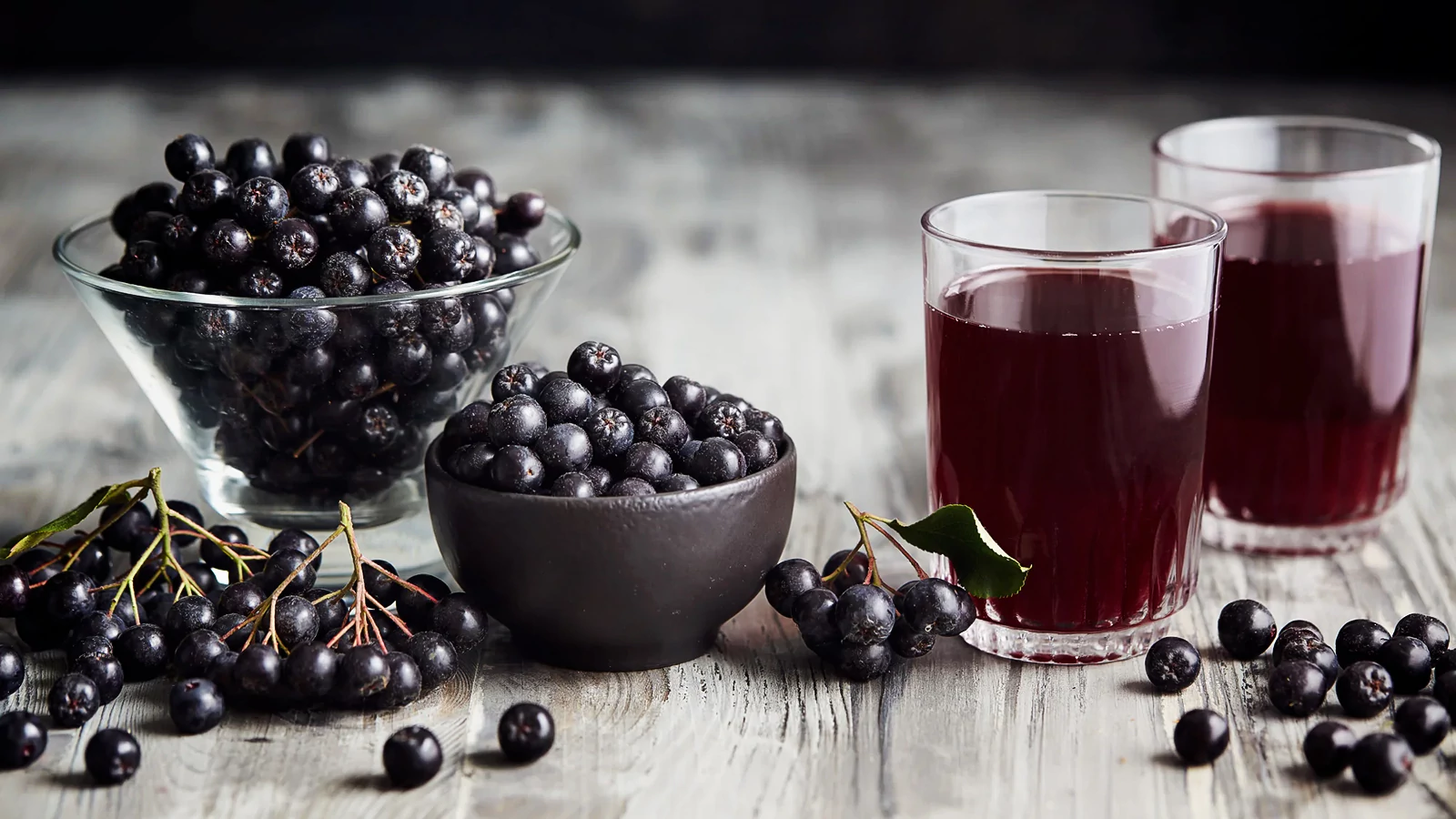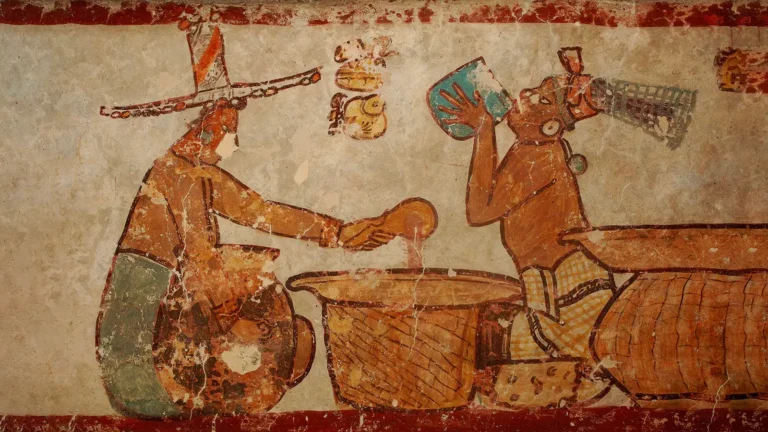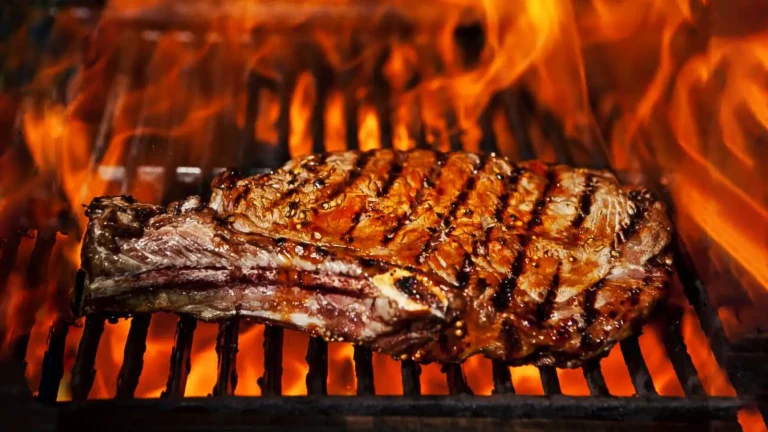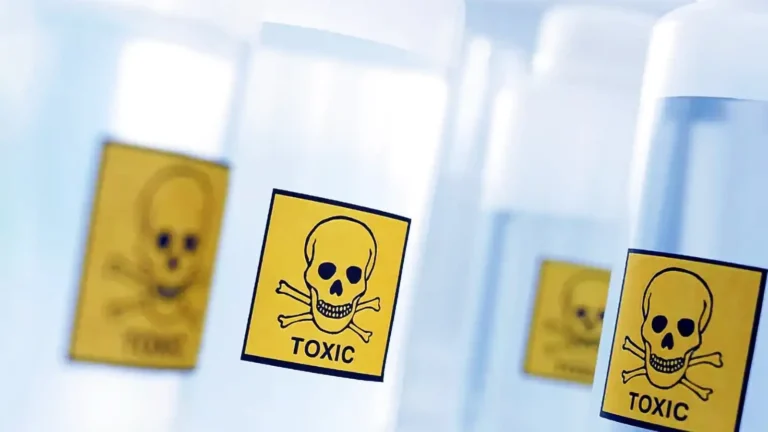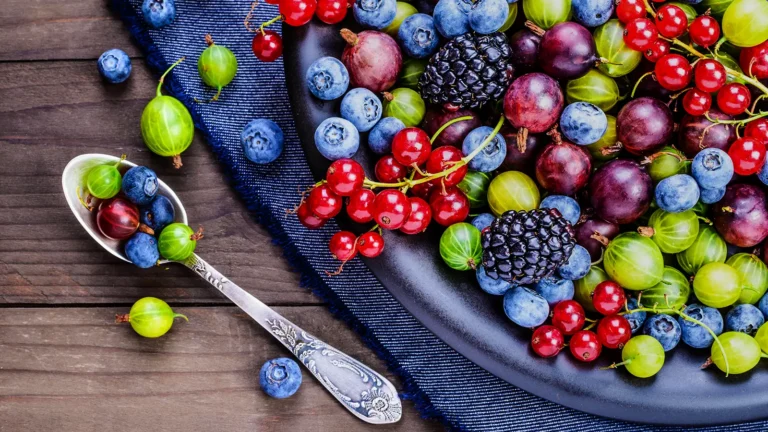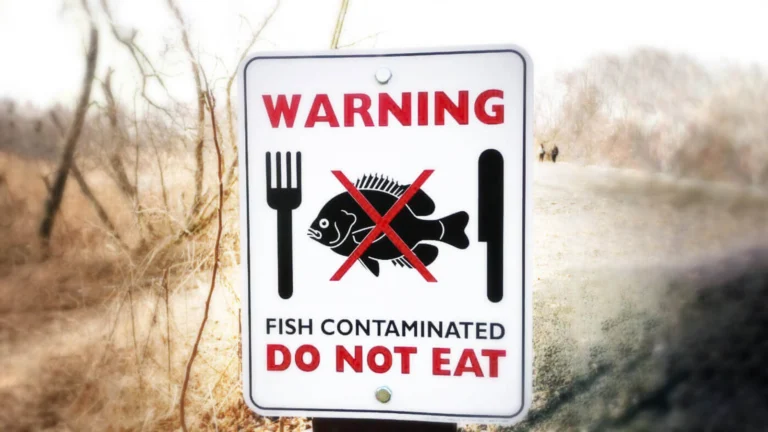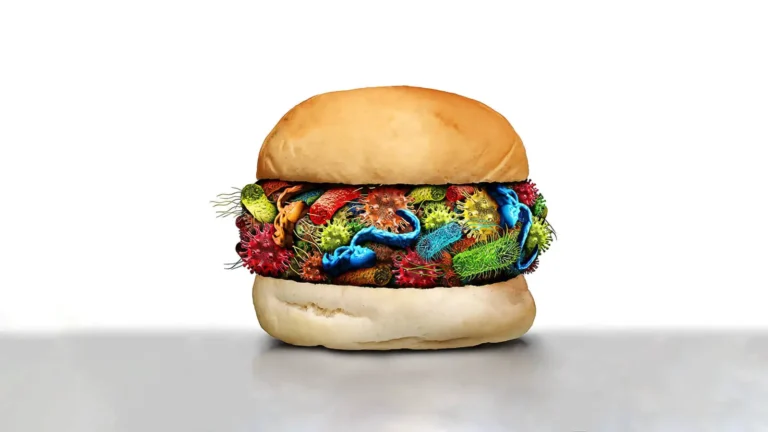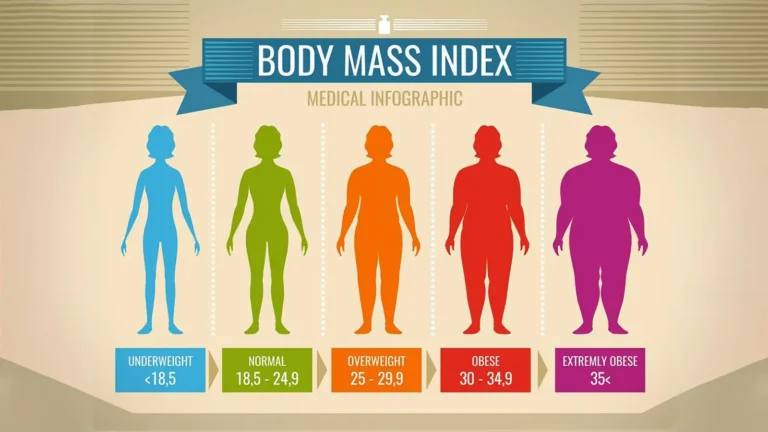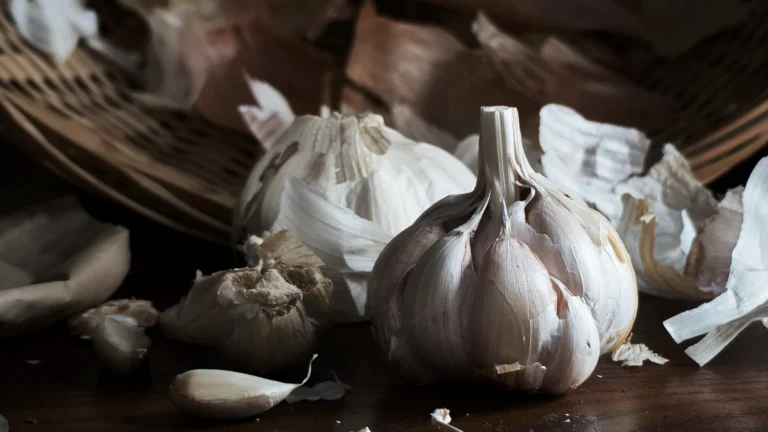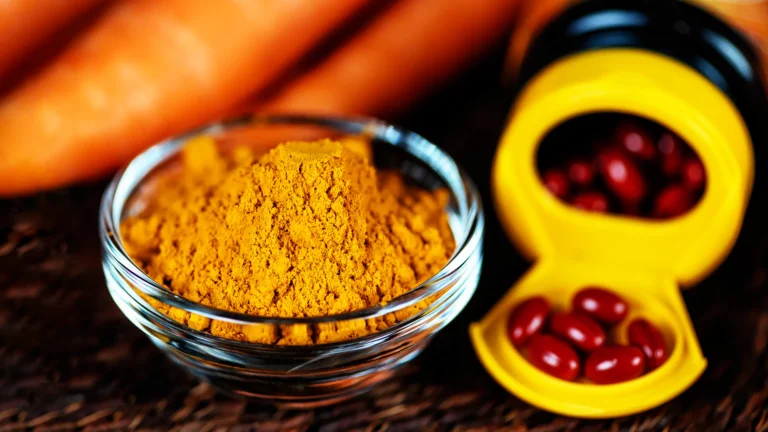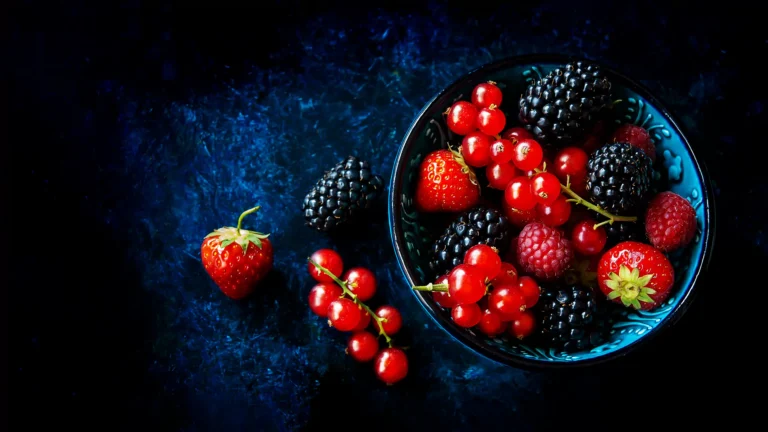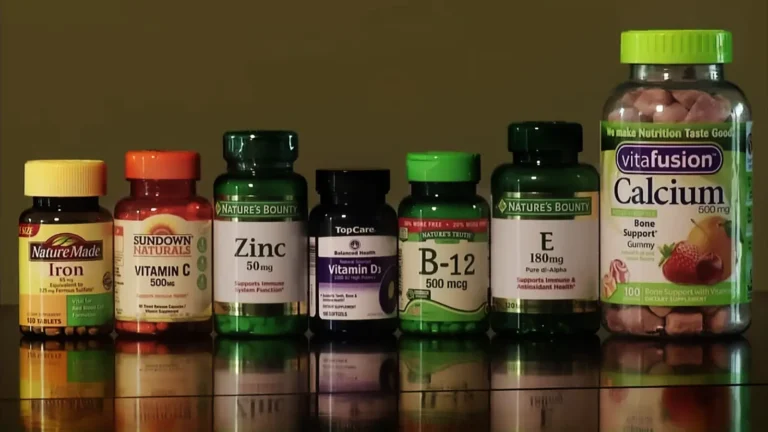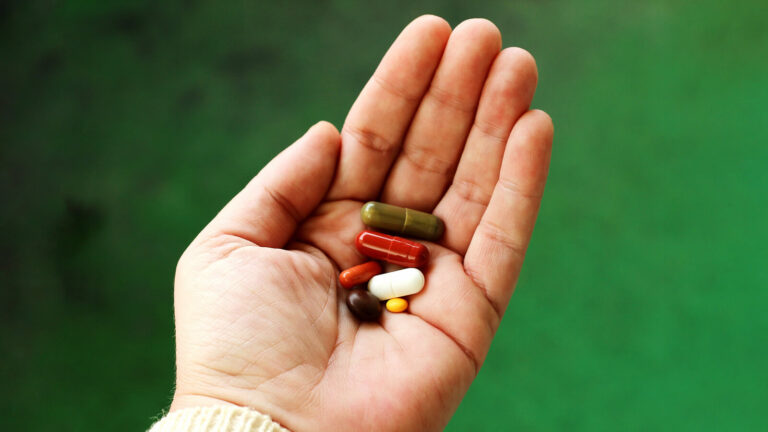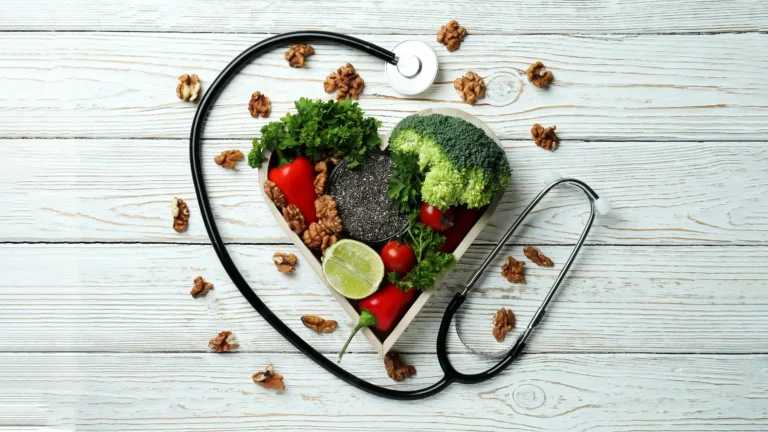ORAC VALUES
Written By: Milos Pokimica on June 19, 2020
Medically Reviewed by: Dr. Xiùying Wáng, M.D.
Updated December 20, 2025Key Takeaways:
– ORAC (Oxygen Radical Absorbance Capacity) is a lab test that measures the antioxidant capacity of different substances. It detects real-life values from food with all of the synergistic effects.
– The 2010 study by Carlsen et al. (2010), measured the antioxidative value of 3149 food items and can guide shopping decisions for healthier choices.
– ORAC values should not be considered absolute or final indicators of antioxidant quality or quantity. They are intended to serve as a general guide or reference.
– The USDA removed the ORAC Database for Selected Foods due to “mounting evidence” that the values indicating antioxidant capacity have no relevance to the effects of specific bioactive compounds on human health. However, studies suggest that high-antioxidant diets can improve endothelial function and decrease inflammation. It is recommended to choose high antioxidant-rich food choices to improve overall health.
– Officially, the ORAC database was removed by the government because it was misused by food and dietary supplement manufacturing companies to promote their products. Also, the ORAC database started to influence consumers and guide their shopping choices, but the data for antioxidant capacity was generated by in vitro (test-tube) methods so it cannot be extrapolated to in vivo (human) effects.
– Despite the scientific community’s support of the importance of antioxidants, it is not emphasized in current health recommendations pushed by physicians.
– Eating a diet rich in antioxidants (fruits, vegetables, spices, herbs, nuts) can reduce the risk of chronic diseases (Sharifi-Rad et al., 2020).
– Even a short-term antioxidant-rich diet significantly improves endothelial function in volunteers at low cardiovascular risk. In the long term antioxidant-rich diet may further reduce the risk of cardiovascular disease (Franzini et al., 2012).
– Modern diets heavy in refined sugar, oil, and animal products lack natural sources of antioxidants (Yang et al., 2011).
– To counterbalance the negative effects of metabolism, regular consumption of phenolic-rich foods such as fruits during meals is recommended to maintain oxidative balance and health (Burton-Freeman, 2010).
– Taking in a total of no less than 25000 ORAC units divided into five to seven times during a day is an optimal strategy for antioxidant intake.
– Only plant-based foods have measurable ORAC values. Animal-based foods have almost no antioxidants compared to plants.
– Not all plant foods are equal in terms of antioxidant content.
– The usual antioxidant intake in the US diet is between 3,000 to 5,000 ORAC units per day with an estimated need of 40,000-50,000 units for adequate protection from free radical damage.
– Our bodies need 8000 to 10000 ORAC units per day just to counteract metabolic oxidation, and more if we consume animal products, have bad habits, have infections, or are exposed to environmental toxins (Prior et al., 2007).
– The FDA recommends only 3000 ORAC units because it is a number that most people can reach with a couple of servings of fruits and vegetables. However, this amount is not enough for optimal health and well-being according to several studies in nutritional science.
– Low antioxidant intake can increase the risk of several chronic diseases caused by oxidative stress such as diabetes, cardiovascular disease, cancer, and Alzheimer’s disease.
– Spices and herbs are highly antioxidant-rich but consumed in small amounts.
– Supplemental antioxidants should not substitute for a healthy diet, and some antioxidants may not be bioavailable. It’s recommended to consume a variety of high-antioxidant foods with each meal to prevent post-meal oxidative stress.
– Only 5% of the U.S. population consumes 5 fruits and vegetables a day.
What are ORAC Units?
Units that measure the antioxidant capacity of different substances are called ORAC. ORAC stands for Oxygen Radical Absorbance Capacity. It’s a lab test developed by scientists at the National Institute of Health and Aging (NIH).
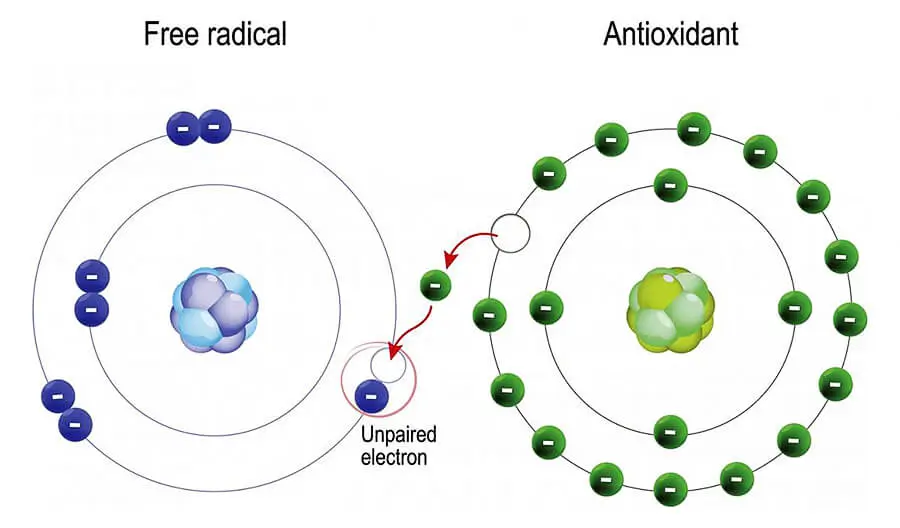
The first database of ORAC values was released by USDA in 2007 and it covered 277 food items. Then in 2010, the research was published that took 8 years to complete and included the antioxidative value of 3149 food items (Carlsen et al., 2010).
Today the entire database of ORAC values has been removed from the USDA website. Because there is no “official” daily recommended intake of ORAC units, you will see various researchers suggest an optimal intake to be only 3000-5000 ORAC units per day, and many physicians will not recommend antioxidant-rich diets at all. Even the USDA has come up with a suggested intake of 5000 ORAC units per day. The UK FSA and the FDA recommend “5 a day” of fruit and vegetable servings, which gives an approximate ORAC score of 3500.
In correlated articles, I have analyzed illnesses, conditions, and situations that do benefit from an increase in antioxidant consumption.
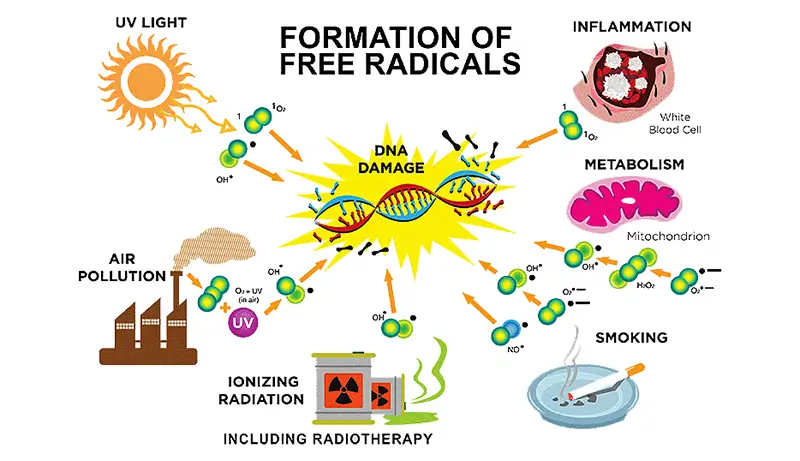
So how can we increase our antioxidant score?
The main rule this study found is that animal products including dairy, all types of meat, and eggs have zero or minuscule amounts of antioxidants and are pro-inflammatory.
The second rule we need to consider is that there is a wide range of values even for plant foods.
Not all plants are made equal. If we look at the antioxidant potential of the same plant species we will see that there are plants that have much higher ORAC values. Some have much higher nutrient density and phytochemical content than others. Some have unique phytochemicals that are not found in other plants.
These measurements can vary depending on different conditions. Even the same food type can have several times different values in ORAC potency depending on the different parameters. For example, the time a sample has been left exposed to air before testing, the type of processing, the manufacturing process itself, and a whole range of other different parameters.
Also, these measurements are taken in vitro and there is a question about the bioavailability of some of the antioxidants and their absorption rate.
Golden rule:
Most powerful antioxidants are a concentrated form of natural antioxidant-rich herbs. On top of the list will be essential oils, herbal extracts, dried herbs, and powders. Then we will have dried fruit, and superfoods like antioxidant-rich fruit, raw nuts, and seeds and vegetables. Then there will be regular fruit and regular vegetables, and then at the very end a whole list of animal products that have no antioxidant value and are pro-inflammatory.
Milos Pokimica
General rules:
- Antioxidant-rich diet is of significant value to overall health.
- Spices, herbs, and supplements include the most antioxidant-rich products.
- The highest antioxidant values in the beverages category were found among the unprocessed tea leaves, tea powders, and coffee beans.
- The dairy category included 86 products and the majority of these products were low in antioxidant content.
- Eggs are almost devoid of antioxidants.
- During the processing of berries to jams, pasteurizing commercial juices, and in coking in general total phenol content is reduced.
- Same food items can have different values depending on the manufacturer because of the different manufacturing methods.
- ORAC values are just initial guidelines.
- Studies that measure the direct anti-inflammatory effect of antioxidant-rich food sources in vivo are more valid if we want to have real-life choices.
- As soon as the item is exposed to air, oxidation starts.
- Currently, MegaHydrate is the most potent dietary antioxidant known to science (synthetic).
- The most potent natural antioxidant known to science is Astaxanthin.
- The most potent and most consumed dietary antioxidant is curcumin.
- Some items may seem low on the ORAC scale but are not because of the high water content.
- We have to take into account the amounts of specific foods that we can eat.
- We can analyze an antioxidant per calorie consumed as well.
- Today there is no “official” daily recommended consumption of ORAC units.
- The UK FSA and the FDA recommend “5 a day” of fruit and vegetable servings, which gives an approximate ORAC score of 3500.
| Antioxidant content in mmol/100 g | |||||
|---|---|---|---|---|---|
| n | mean | median | min | max | |
| Plant based foods | 1943 | 11.57 | 0.88 | 0.00 | 2897.11 |
| Animal based foods | 211 | 0.18 | 0.10 | 0.00 | 1.00 |
| Mixed foods | 854 | 0.91 | 0.31 | 0.00 | 18.52 |
| Categories | |||||
| Berries and berry products | 119 | 9.86 | 3.34 | 0.06 | 261.53 |
| Beverages | 283 | 8.30 | 0.60 | 0.00 | 1347.83 |
| Breakfast cereals | 90 | 01.09 | 0.89 | 0.16 | 4.84 |
| Chocolates and sweets | 80 | 4.93 | 2.33 | 0.05 | 14.98 |
| Dairy products | 86 | 0.14 | 0.06 | 0.00 | 0.78 |
| Desserts and cakes | 134 | 0.45 | 0.20 | 0.00 | 4.10 |
| Egg | 12 | 0.04 | 0.04 | 0.00 | 0.16 |
| Fats and oils | 38 | 0.51 | 0.39 | 0.19 | 1.66 |
| Fish and seafood | 32 | 0.11 | 0.08 | 0.03 | 0.65 |
| Fruit and fruit juices | 278 | 1.25 | 0.69 | 0.03 | 55.52 |
| Grains and grain products | 227 | 0.34 | 0.18 | 0.00 | 3.31 |
| Herbal/traditional plant medicine | 59 | 91.72 | 14.18 | 0.28 | 2897.11 |
| Infant foods and beverages | 52 | 0.77 | 0.12 | 0.02 | 18.52 |
| Legumes | 69 | 0.48 | 0.27 | 0.00 | 1.97 |
| Meat and meat products | 31 | 0.31 | 0.32 | 0.00 | 0.85 |
| Miscellaneous ingredients, condiments | 44 | 0.77 | 0.15 | 0.00 | 15.54 |
| Mixed food entrees | 189 | 0.19 | 0.16 | 0.03 | 0.73 |
| Nuts and seeds | 90 | 4.57 | 0.76 | 0.03 | 33.29 |
| Poultry and poultry products | 50 | 0.23 | 0.15 | 0.05 | 1.00 |
| Snacks, biscuits | 66 | 0.58 | 0.61 | 0.00 | 1.17 |
| Soups, sauces gravies, dressing | 251 | 0.63 | 0.41 | 0.00 | 4.67 |
| Spices and herbs | 425 | 29.02 | 11.30 | 0.08 | 465.32 |
| Vegetables and vegetable products | 303 | 0.80 | 0.31 | 0.00 | 48.07 |
| Vitamin and dietary supplements | 131 | 98.58 | 3.27 | 0.00 | 1052.44 |
ORAC values of essential oils
| Essential oil | ORAC Value (μmol TE/100g) |
|---|---|
| Clove | 1,078,700 |
| Myrrh | 379,800 |
| Anise | 333,700 |
| Citronella | 312,000 |
| Coriander | 298,300 |
| Fennel | 238,400 |
| Clary Sage | 221,000 |
| German Chamomile | 218,600 |
| Cedarwood | 169,000 |
| Rose | 158,100 |
| Nutmeg | 158,100 |
| Marjoram | 151,000 |
| Melissa | 139,905 |
| Ylang Ylang | 134,300 |
| Palmarosa | 130,000 |
| Rosewood | 113,200 |
| Manuka | 106,200 |
| Wintergreen | 101,800 |
| Geranium | 101,000 |
| Ginger | 99,300 |
| Bay Laurel | 98,900 |
| Eucalyptus Citriodora | 83,000 |
| Cumin | 82,400 |
| Black Pepper | 79,700 |
| Vetiver | 74,300 |
| Petitgrain | 73,600 |
| Blue Cypress | 73,100 |
| Citrus Hystrix | 69,200 |
| Douglas Fir | 69,000 |
| Blue Tansy | 68,800 |
| Goldenrod | 61,900 |
| Melaleuca ericifolia | 61,100 |
| Blue Yarrow | 55,900 |
| Spikenard | 54,800 |
| Basil | 54,000 |
| Patchouli | 49,400 |
| White Fir | 47,900 |
| Tarragon | 37,900 |
| Melaleuca Cajeputi | 37,600 |
| Peppermint | 37,300 |
| Cardamom | 36,500 |
| Dill | 35,600 |
| Celery Seed | 30,300 |
| Fleabane | 26,700 |
| Mandarin | 26,500 |
| Lime | 26,200 |
| Galbanum | 26,200 |
| Myrtle | 25,400 |
| Cypress | 24,300 |
| Grapefruit | 22,600 |
| Hyssop | 20,900 |
| Balsam Fir | 20,500 |
| Melaleuca Quinquenervia | 18,600 |
| Thyme | 15,960 |
| Oregano | 15,300 |
| Cassia | 15,170 |
| Sage | 14,800 |
| Mountain Savory | 11,300 |
| Cinnamon Bark | 10,340 |
| Tsuga | 7,100 |
| Valerian | 6,200 |
| Cistus | 3,860 |
| Eucalyptus Globulus | 2,410 |
| Orange | 1,890 |
| Lemongrass | 1,780 |
| Helichrysum | 1,740 |
| Ravintsara | 890 |
| Lemon | 660 |
| Frankincense Carteri | 630 |
| Spearmint | 540 |
| Lavender | 360 |
| Rosemary | 330 |
| Juniper | 250 |
| Roman Chamomile | 240 |
| Sandalwood | 160 |
References:
- Carlsen, M. H., Halvorsen, B. L., Holte, K., Bøhn, S. K., Dragland, S., Sampson, L., Willey, C., Senoo, H., Umezono, Y., Sanada, C., Barikmo, I., Berhe, N., Willett, W. C., Phillips, K. M., Jacobs, D. R., Jr, & Blomhoff, R. (2010). The total antioxidant content of more than 3100 foods, beverages, spices, herbs and supplements used worldwide. Nutrition journal, 9, 3. https://doi.org/10.1186/1475-2891-9-3
- Benzie, I. F., & Wachtel-Galor, S. (2010). Vegetarian diets and public health: biomarker and redox connections. Antioxidants & redox signaling, 13(10), 1575–1591. https://doi.org/10.1089/ars.2009.3024
- Garcimartín, A., Elvira, M., Bastida, S., Benedí, J., Ros, G., Nieto, G., & José, F. (2020). Can Meat and Meat-Products Induce Oxidative Stress? Antioxidants, 9(7), 638. https://doi.org/10.3390/antiox9070638
- Sharifi-Rad, M., Anil Kumar, N. V., Zucca, P., Varoni, E. M., Dini, L., Panzarini, E., Rajkovic, J., Tsouh Fokou, P. V., Azzini, E., Peluso, I., Prakash Mishra, A., Nigam, M., El Rayess, Y., Beyrouthy, M. E., Polito, L., Iriti, M., Martins, N., Martorell, M., Docea, A. O., Setzer, W. N., … Sharifi-Rad, J. (2020). Lifestyle, Oxidative Stress, and Antioxidants: Back and Forth in the Pathophysiology of Chronic Diseases. Frontiers in physiology, 11, 694. https://doi.org/10.3389/fphys.2020.00694
- Franzini, L., Ardigò, D., Valtueña, S., Pellegrini, N., Del Rio, D., Bianchi, M. A., Scazzina, F., Piatti, P. M., Brighenti, F., & Zavaroni, I. (2012). Food selection based on high total antioxidant capacity improves endothelial function in a low cardiovascular risk population. Nutrition, metabolism, and cardiovascular diseases : NMCD, 22(1), 50–57. https://doi.org/10.1016/j.numecd.2010.04.001
- Yang, M., Chung, S. J., Chung, C. E., Kim, D. O., Song, W. O., Koo, S. I., & Chun, O. K. (2011). Estimation of total antioxidant capacity from diet and supplements in US adults. The British journal of nutrition, 106(2), 254–263. https://doi.org/10.1017/S0007114511000109
- Prior, R. L., Gu, L., Wu, X., Jacob, R. A., Sotoudeh, G., Kader, A. A., & Cook, R. A. (2007). Plasma antioxidant capacity changes following a meal as a measure of the ability of a food to alter in vivo antioxidant status. Journal of the American College of Nutrition, 26(2), 170–181. https://doi.org/10.1080/07315724.2007.10719599
Related Posts
Do you have any questions about nutrition and health?
I would love to hear from you and answer them in my next post. I appreciate your input and opinion and I look forward to hearing from you soon. I also invite you to follow us on Facebook, Instagram, and Pinterest for more diet, nutrition, and health content. You can leave a comment there and connect with other health enthusiasts, share your tips and experiences, and get support and encouragement from our team and community.
I hope that this post was informative and enjoyable for you and that you are prepared to apply the insights you learned. If you found this post helpful, please share it with your friends and family who might also benefit from it. You never know who might need some guidance and support on their health journey.
Milos Pokimica is a medical health and nutrition writer. Author of the book series Go Vegan? Review of Science, he also operates the natural health website GoVeganWay.com

Learn About Nutrition
Medical Disclaimer
GoVeganWay.com brings you reviews of the latest nutrition and health-related research. The information provided represents the personal opinion of the author and is not intended nor implied to be a substitute for professional medical advice, diagnosis, or treatment. The information provided is for informational purposes only and is not intended to serve as a substitute for the consultation, diagnosis, and/or medical treatment of a qualified physician or healthcare provider.NEVER DISREGARD PROFESSIONAL MEDICAL ADVICE OR DELAY SEEKING MEDICAL TREATMENT BECAUSE OF SOMETHING YOU HAVE READ ON OR ACCESSED THROUGH GoVeganWay.com
NEVER APPLY ANY LIFESTYLE CHANGES OR ANY CHANGES AT ALL AS A CONSEQUENCE OF SOMETHING YOU HAVE READ IN GoVeganWay.com BEFORE CONSULTING LICENCED MEDICAL PRACTITIONER.
In the event of a medical emergency, call a doctor or 911 immediately. GoVeganWay.com does not recommend or endorse any specific groups, organizations, tests, physicians, products, procedures, opinions, or other information that may be mentioned inside.


